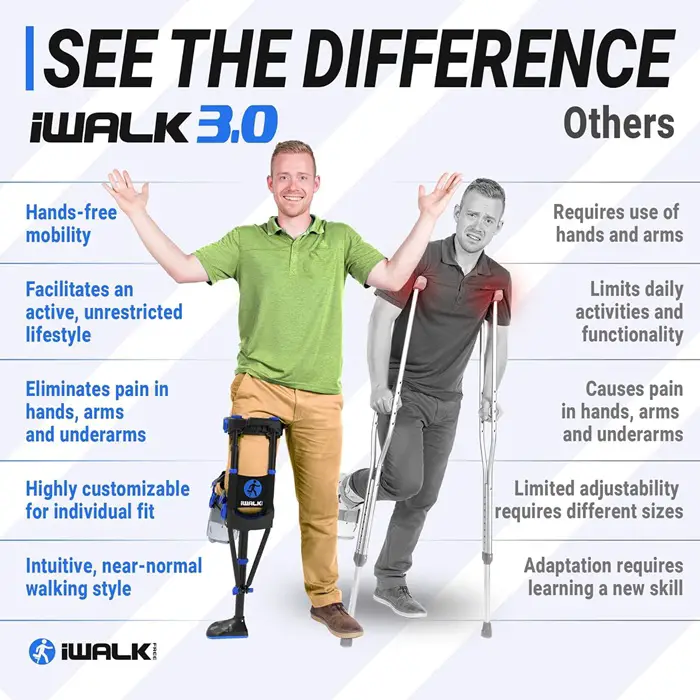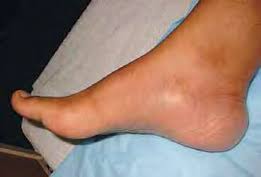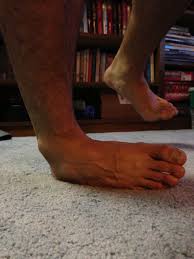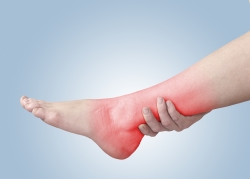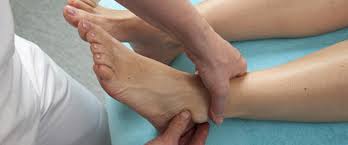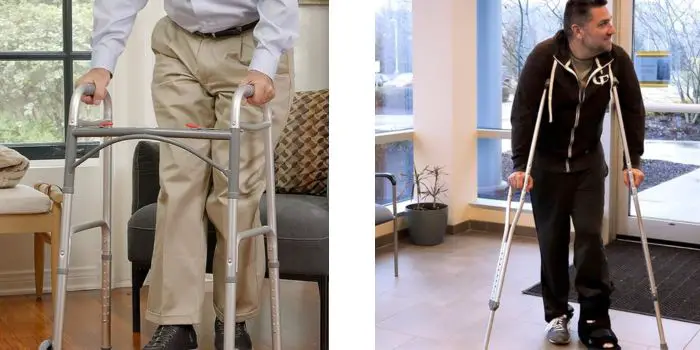
If you have just recovered from a broken ankle, foot operation, or any surgery, including knee surgery, a walker or a pair of crutches can help you regain mobility safely.
Crutches require more upper-body strength and coordination but allow slightly faster movement. Where as a walker provides the most stability because it has four points of contact with the ground.
Walker is an ideal device if you need maximum support or have balance issues. But crutches can be a good option if you can bear partial weight on your legs.
In my opinion, there is no single device that can help all. There are always advantages and disadvantages present in both. You should therefore go through the detailed pros and cons of each of these devices to know exactly which will be the right option for your specific situation.
Crutches – The Pros and Cons
If you’ve just recovered from a leg, ankle, or foot injury, crutches can feel like both a blessing and a challenge. Here’s a closer look at what to expect:
Why crutches can be great:
- Keeps you moving: With some practice, crutches allow you to walk independently, helping you stay active while your leg heals.
- Builds upper body strength: Using crutches engages your arms, shoulders, and core, so you’re actually exercising while recovering.
- Budget-friendly: Crutches are affordable, and many medical suppliers even let you rent them if you don’t want to buy.
- Portable: They’re lightweight and easy to take along for short trips or hospital visits.
The challenges to be aware of:
- Takes practice: Learning to walk smoothly on crutches isn’t instant. At first, you may feel awkward or tired.
- Strain on your body: All your weight rests on your armpits, which can lead to shoulder, arm, or back discomfort over time.
- Limited hands: Both hands are busy, so doing everyday tasks—like opening doors or carrying a bag—requires extra planning.
- Stairs and tight spaces: Navigating stairs or narrow doorways can be tricky and requires focus to stay safe.
- Stability concerns: Some people with ankle or leg injuries may feel unbalanced, and crutches can feel clunky or hard to maneuver.
Personal tip: Think of crutches as a temporary challenge that doubles as light exercise. Yes, they can be frustrating at first, but each step you take is a small victory in your recovery. Once you get comfortable, you’ll appreciate the independence they offer.
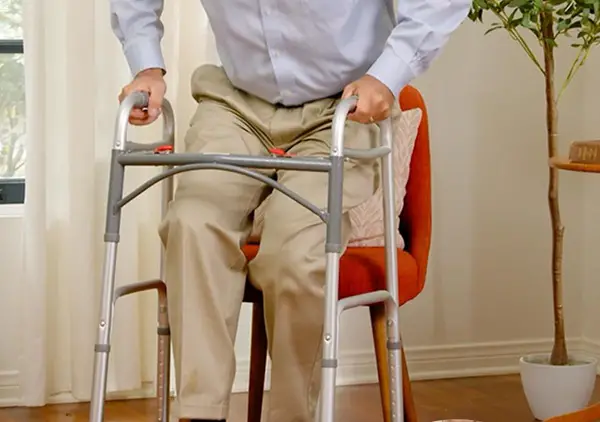
Walkers – The Pros and Cons
Walkers are often the go-to choice for anyone recovering from leg, ankle, or foot injuries or after surgery. They may look a bit bulky at first, but they bring a sense of security and independence that crutches sometimes can’t.
Why walkers are great:
- Maximum stability: With four points of contact on the ground, walkers give you excellent balance and support, reducing the risk of falls.
- Easy to use: Unlike crutches, walkers don’t require upper body strength or complicated coordination—just lift, move, and step.
- Comfortable: Since your weight is supported by the walker rather than your armpits, there’s less strain on your shoulders, arms, and back.
- Versatile: Many walkers come with wheels, seats, or storage baskets, making them handy for longer walks, errands, or carrying small items.
- Confidence booster: Especially after surgery, a walker can give you the reassurance to move around without fear, which speeds up recovery.
The challenges to be aware of:
- Bulkier and less portable: Walkers are larger than crutches or canes, so squeezing through narrow doorways or fitting in a car can be tricky.
- Slower pace: Because of their size and the way you have to lift or push them, walking with a walker can feel slower than crutches.
- Learning curve for wheels: Walkers with wheels require careful practice to avoid slipping or bumping into things.
- Can feel cumbersome indoors: In tight spaces like kitchens or small bathrooms, maneuvering a walker may take some patience.
Personal tip: Think of a walker as your safety net—it may not be the fastest or sleekest option, but it’s reliable, secure, and allows you to focus on healing rather than worrying about balance. Over time, it can make moving around feel much more natural and confident.
Alternatives to Crutches and Walkers
If traditional crutches or walkers feel cumbersome, there are several alternative mobility devices designed to make moving around easier and more comfortable.
- Knee scooters / knee walkers: These are excellent for foot or ankle injuries, especially when navigating malls, sports events, or amusement parks. They allow you to rest your injured leg on a platform while pushing yourself with your good leg, making movement smooth and effortless.
- Forearm crutches and wheelchairs: These provide more support and can be easier on your upper body than standard crutches, depending on your strength and balance.
- Walking cane: For less severe injuries or once partial weight-bearing is allowed, a walking cane can be a lightweight and convenient option to regain mobility.
Hands-free options:
If you want to keep your hands free for daily tasks—like opening doors, using your phone, or carrying items—devices like the iWalk 2.0 knee crutch are game-changers. Here’s why:
- Hands-free movement: Supports you without the need to hold crutches, giving you the freedom to use both hands.
- Pain-free and ergonomic: The cushioned knee platform removes pressure from your hands, forearms, and underarms, eliminating soreness and discomfort.
- Natural walking motion: Lets you move in a way that closely mimics normal walking, maintaining balance and stability without strain.
- Functional independence: You can continue your daily activities while recovering, without compromising safety.
For many, traditional crutches are a necessary inconvenience—but alternatives like the iWalk 2.0 take mobility to the next level, offering freedom, support, and comfort during recovery. Whether you’re at home, work, or out for fun, these modern devices let you move confidently and independently.
When Can a Wheelchair Prove to be a Better Option?
If none of the other mobility aids—crutches, walkers, knee scooters, or walking canes—work for your situation, a wheelchair can be a safe and practical alternative.
Wheelchairs are particularly useful when:
- Both legs are injured, making crutches, scooters, or walkers impractical.
- You have difficulty maintaining balance, coordination, or upper body strength.
- You want to avoid strain on your wrists, arms, or armpits, since a wheelchair supports your body without requiring you to bear weight manually.
Things to keep in mind:
Using a wheelchair independently requires some stamina and upper-body strength. If your energy or strength is limited, you may need assistance.
While wheelchairs offer excellent support, they can be less convenient for daily tasks like navigating small spaces, running errands, or moving through crowded areas.
The Conclusion
Whether it’s crutches, a walker, or an alternative device, the right mobility aid helps you move confidently, heal faster, and regain independence.
Crutches are ideal for those with good upper body strength and coordination, allowing slightly faster movement and more portability, but they can strain your arms, shoulders, and underarms, and limit your ability to use your hands.
Walkers, on the other hand, provide maximum stability and support, are easier to balance, and reduce strain on the upper body, though they are bulkier and slower to maneuver.
Ultimately, the best choice depends on your specific injury, strength, and daily needs. Consulting your doctor or physiotherapist is essential—they can evaluate your condition and recommend the most suitable option to keep you safe, mobile, and pain-free during your recovery.

